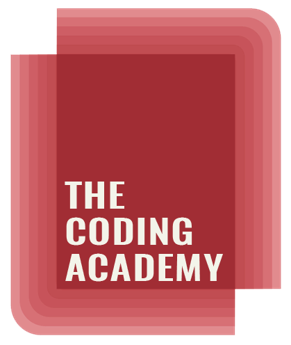4. The muscles of the human body
In the final part of this module on the musculoskeletal system we will look at the muscles.
There are three types of muscle tissue.
The type we usually think of is skeletal muscle, which is the muscle that is attached to bones.
Skeletal muscle is under the control of the will - that is, we can decide whether or not to use it - and is responsible for the voluntary movements of the body.
When viewed through a microscope, it has a striped or 'striated' appearance. For these reasons, skeletal muscle is sometimes known as voluntary or striated muscle.
The two other types of muscle are not under the control of the will. We can't consciously decide whether or not to use them - instead, they are regulated by the autonomic nervous system (see Module 5).
Smooth muscle (or involuntary muscle) is found in the walls of the blood vessels, in the airways and in the alimentary tract. It plays a vital role in maintaining body functions such as circulation, respiration and digestion.
Cardiac muscle is found exclusively in the myocardium, the muscular wall of the heart. It has a striated appearance, but unlike skeletal muscle is not under voluntary control.
